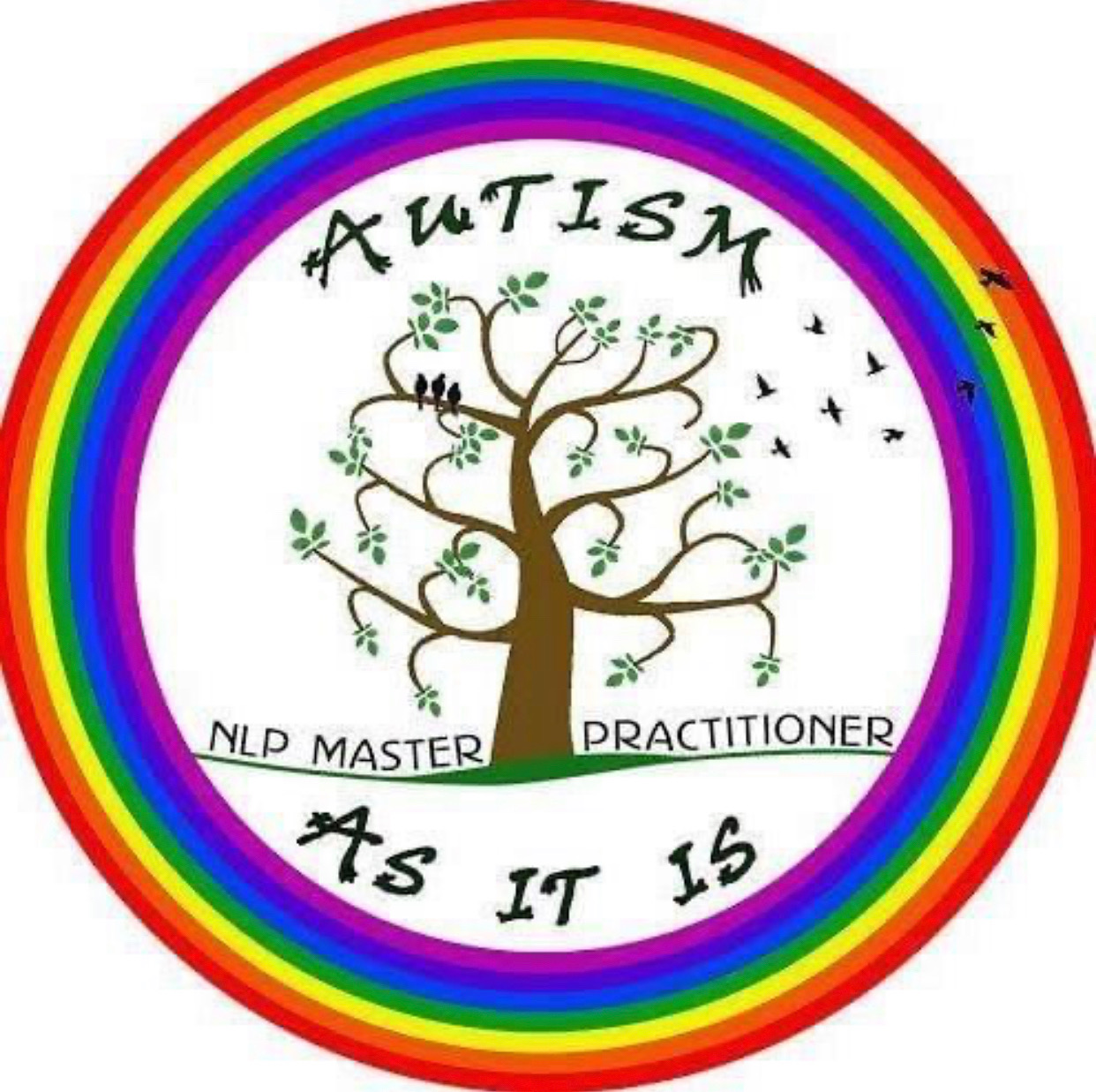Every child develops at their own pace—but sometimes there are signs that suggest a child might be seeing, hearing, or experiencing the world a little differently. Understanding these early signs can be the first step in helping them thrive.
Autism is a spectrum, and signs vary widely from person to person. Some children show clear traits early on. Others, especially girls, may mask or mimic social behaviours, making signs harder to spot. That’s why awareness matters—and why we encourage families and professionals to trust their instincts and ask questions early.
Early Signs in Toddlers
Some signs that may prompt further assessment include:
- Not pointing to show or follow attention by age 2
- Limited or no response to their name
- Few facial expressions or eye contact (though some children with autism do make strong eye contact)
- No babbling or gestures by 12 months
- No single words by 18 months
- No two-word phrases by 24 months
- Loss of language or social skills at any age
You may also notice that your child prefers to play alone, repeats actions like spinning wheels on toy cars, spinning themselves without getting dizzy or flapping hands, or becomes upset by small changes in routine. Some may be sensitive to sounds, lights, or textures, while others seek out strong sensations.
Signs in School-Aged Children
In older children, autism might show up as:
- Using advanced language, or repeating phrases from favourite shows
- Unusual tone or rhythm of speech
- Struggling to join in with play or group work
- Becoming overwhelmed in noisy places like the playground or assembly
- Taking things literally or finding social rules confusing
- Being very focused on a particular interest, regardless of context
- Being overly frank with adults, or unsure how to speak “appropriately”
Some children act like “classroom rule enforcers” while others may become withdrawn or anxious when demands are placed on them. Girls in particular may seem to cope outwardly, but may struggle privately with exhaustion, anxiety, or social confusion.
Understanding PDA
Pathological Demand Avoidance (PDA) is a form of autism that involves extreme avoidance of everyday demands. These children often appear sociable, but struggle with control, show intense mood swings, and thrive on role play. While PDA isn’t a stand-alone diagnosis in official diagnostic manuals, recognising its traits can help guide the right support. Traditional strategies often don’t work for PDA—so understanding this profile is key.
Autism in Girls
Many girls with autism can be missed in early childhood. They may imitate others or develop strong social “scripts” that hide underlying difficulties. They may mask in school but melt down at home. Later diagnoses (even into adulthood) are increasingly common—and valid. This is because the original diagnostic criteria was focussed around boys at that time. Since then, Lorna Wing’s 2010 autism conference focussing on Women & Girls, introduced other behaviours and conditions such as, masking and eating disorders as some additional signs to consider for an autism spectrum assessment and diagnosis.
What to Do if You’re Concerned
These signs don’t mean your child definitely has autism—but they are valid reasons to seek assessment. Speak with your GP, health visitor, or educational specialist and ask for a referral.
Early understanding opens the door to better support—but it’s never too late to help a child grow, connect, and flourish.
Please note that my services are available to you whether you have a diagnosis of any condition or not. The services I offer support and work with a child or adult at a neurodevelopment, cellular, energetic, mental, emotional, physical and spiritual level and do not depend on a label of diagnostic criteria but with the whole human being.
